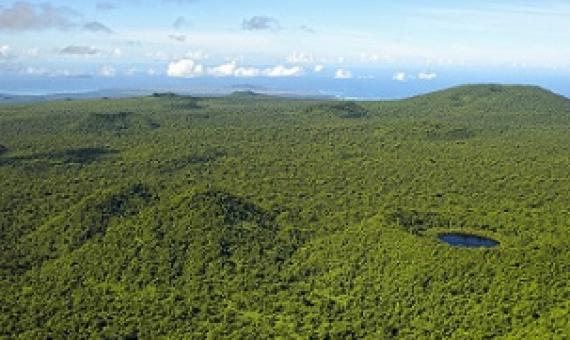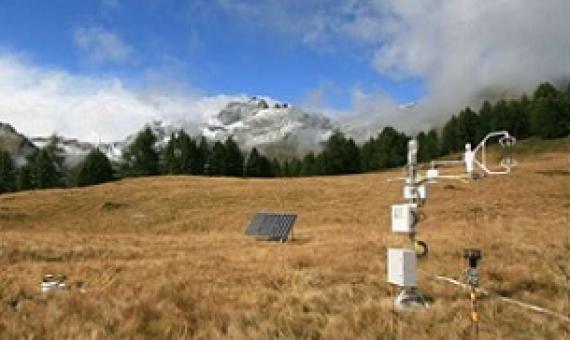10th Pacific Islands Nature Conference 2020: Protecting and Restoring Terrestrial Ecosystems in the Pacific (Video)
This session will explore the different types of habitats in the Pacific and their status and trends, what are the threats, tools (including seed bank and fire modelling) and options for solutions such as restoration, seed banking.Call Number: [EL]Physical Description: 1:02:49









